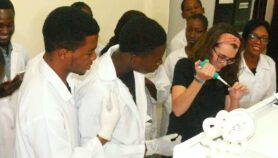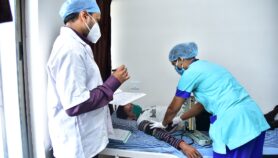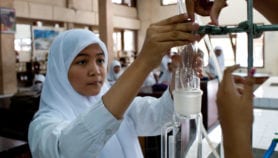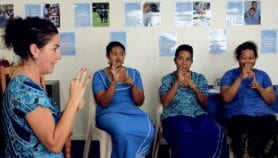By: Ochieng’ Ogodo
Send to a friend
The details you provide on this page will not be used to send unsolicited email, and will not be sold to a 3rd party. See privacy policy.
A new state-of-the-art laboratory, due to open in July in Nairobi, will boost HIV research and improve the safe handling of highly contagious pathogens in East Africa.
The US$3.39 million International Infectious Diseases Center (IIDC) will include a retrovirology lab for research and diagnosis of infectious diseases — including HIV/AIDS — and an advanced biosafety containment facility for investigating viruses that cause haemorrhagic fever.
The lab will be part of the University of Nairobi’s Institute of Tropical and Infectious Diseases, and is a joint project between the University of Nairobi and the University of Manitoba, Canada.
David Mburu, manager of the IIDC, said the centre would be an important resource for the East and Central African region, which is short of facilities to diagnose and handle emerging, highly pathogenic microorganisms such as viruses that cause haemorrhagic fever.
Keith Fowke, of the University of Manitoba, said the facility would provide “a cutting-edge HIV research laboratory capable of performing studies on virology, immunology and genetics right here in East Africa, in the heart of the HIV epidemic”.
He said it would also be useful as a training centre for African researchers.
Fowke pointed out that the lab would be one of only three advanced facilities for diagnosing haemorrhagic fever in Africa, with the others located in Gabon and South Africa.
He hopes it will cut the time it takes to diagnose haemorrhagic virus infections and shorten outbreaks of disease.
The joint-project was originally established to study the sexually transmitted disease chancroid, but was later expanded to include other sexually transmitted infections such as HIV/AIDS.More on Capacity building

Script media release
Journalists offered ‘big break’ mentoring opportunity from Radio Nigeria
03/04/19












